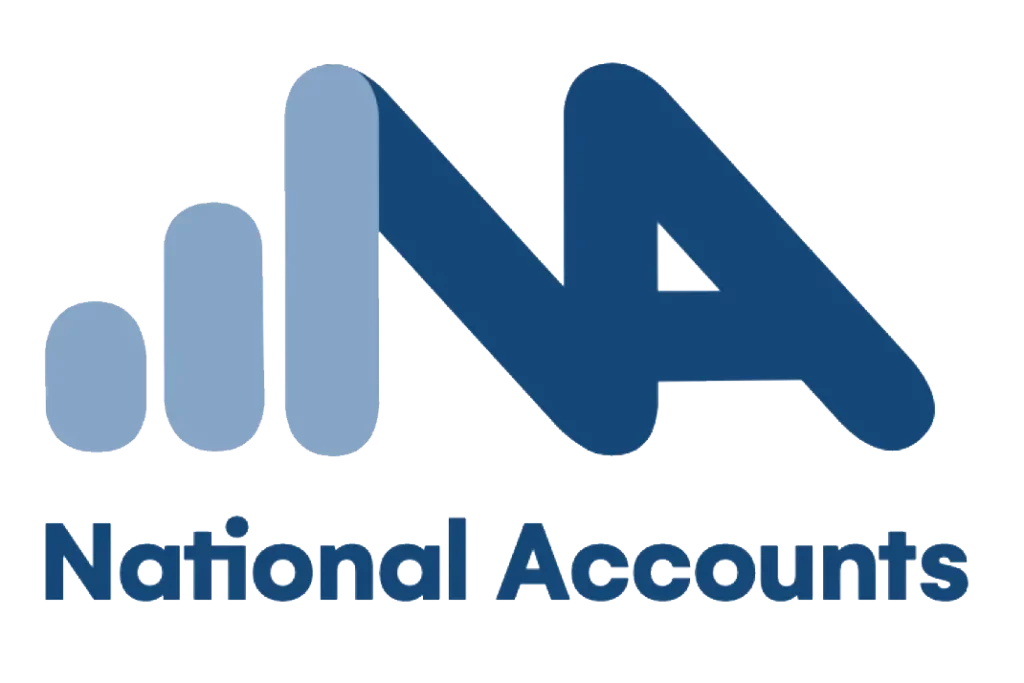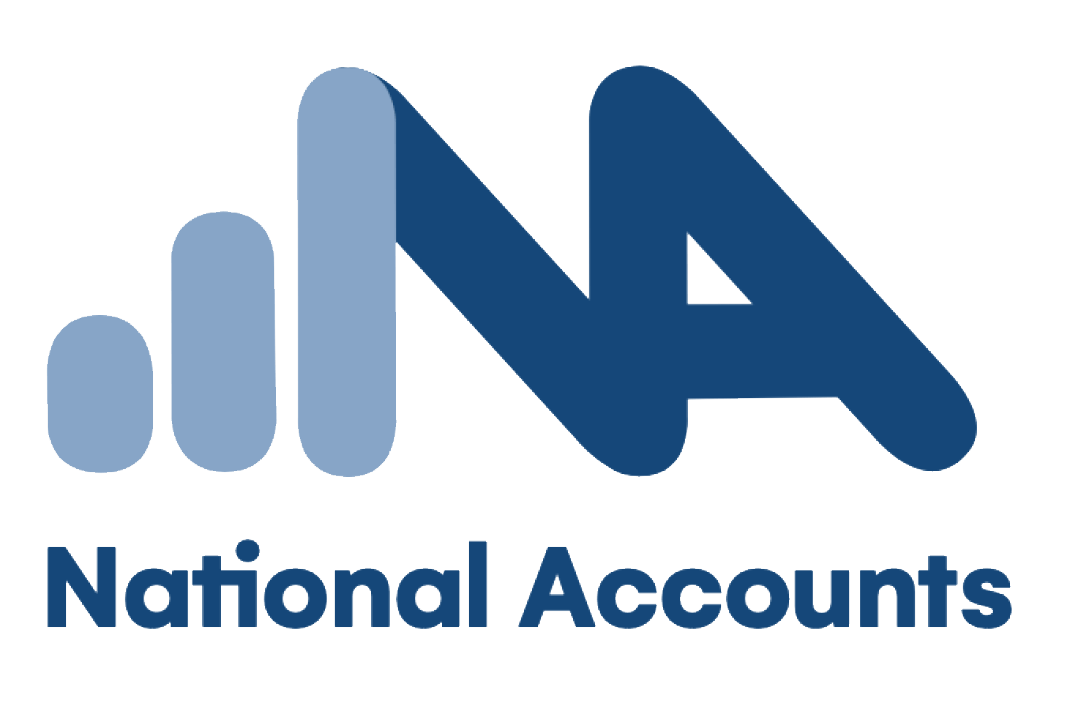Cash is a crucial element for any business to function. In our recent newsletter, we discussed the dissimilarity between cash and profit. The ideal situation for a business is to have favourable inventory terms, customers paying immediately, and minimal reinvestment requirements. When these factors work in your favour, the cash generated from profits becomes available much sooner.
By using the cash conversion cycle (CCC), we can calculate the number of days between purchasing inventory and eventually receiving payment from the customer. This is broken down into three elements: days of inventory outstanding (DIO), days sales outstanding (DSO), and days payables outstanding (DPO).
In the following example scenarios, we will explore how the three factors apply:
Scenario A:
Inventory bought and paid for on the same day Held for ten days before selling Received payment 30 days after sale
CCC: DIO = 5 days of inventory outstanding, DSO = 30 days of sales outstanding, DPO = 0 days payables outstanding Thus, CCC = 5 + 30 – 0 = 35 days.
Scenario B:
Customer pays at the time of purchase Held for five days before selling CCC: DIO = 5 days of inventory outstanding, DSO = 0 days of sales outstanding, DPO = 0 days payables outstanding Thus, CCC = 5 + 0 – 0 = 5 days.
Scenario C:
Received 30-day terms on inventory Held for five days before selling Received payment 30 days after sale
CCC: DIO = 5 days of inventory outstanding, DSO = 30 days of sales outstanding, DPO = 30 days payables outstanding Thus, CCC = 5 + 0 – 30 = NEGATIVE 25 days.
A negative CCC implies that the revenue from sales can be utilized to pay for the inventory purchased. If this is sustainable, a negative CCC enables the business to buy more inventory and scale up.
Understanding the CCC cycle can aid in identifying ways to “game” each element.
How to Decrease the Time Spent on Each Element
Decrease DIO:
Refine inventory forecasting Order in smaller quantities, but more frequently Improve inventory tracking and management Eliminate slow-moving and low-margin products Start a marketing initiative that increases demand
Decrease DSO:
Create or improve your customer credit evaluation process Shorten the time between delivery and invoice creation Proactively manage accounts receivable Reduce customer payment terms Accept more forms of payment Offer early-pay discounts Ditch late payers
Increase DPO:
Pay bills no earlier than seven days before the due date Pay invoices (at due date) on credit cards, extending terms by another 30-45 days Negotiate better terms with suppliers Reduce the cost of goods sold.
Replace DIO & DPO
If you’re in a service-based business that doesn’t have inventory, you can replace DIO with service delivery to invoice (or notice to customer). You can also replace DPO with the employee’s payroll date if the service delivery is an employee hour.
Get in Touch with National Accounts
By incorporating gamification into your business’s cash management system, you can increase engagement and incentivize employees to enhance the CCC cycle.
For support from the experts, get in touch with our team at National Accounts today on 08 8166 6705.




